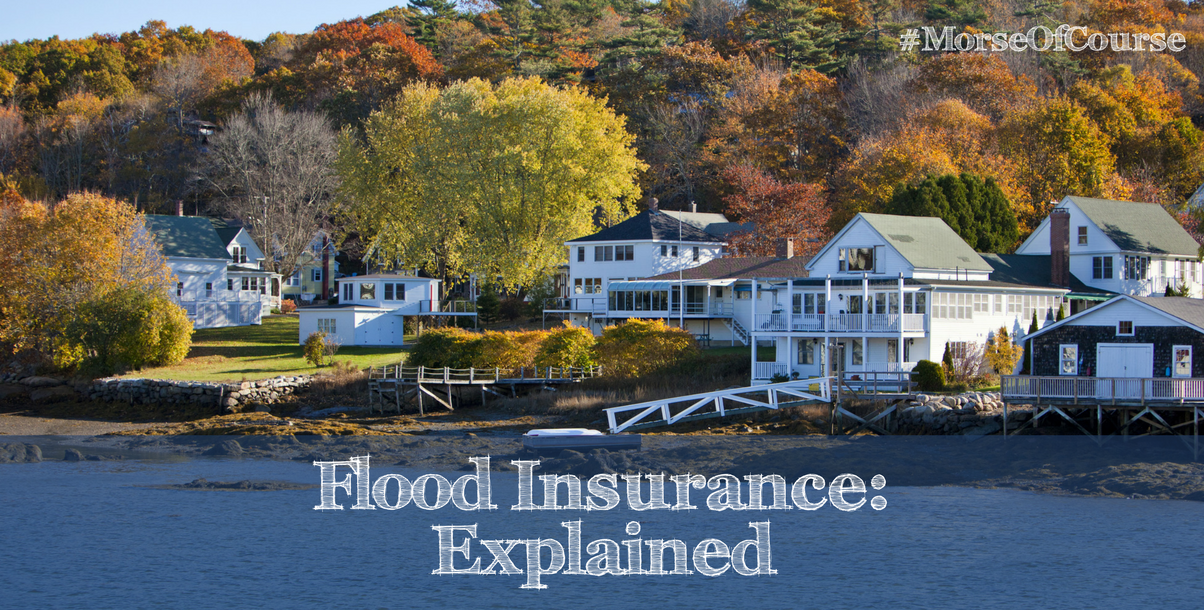-
22 Mar
2017Flood Insurance: Explained

With recent flood zone updates, flood insurance is quickly becoming a hot topic in the insurance world. And while a majority of flood insurance policies come from the federally insured and regulated National Flood Insurance Program, many consumers are still uncertain about how flood insurance actually works. If you’re considering purchasing flood insurance, here are a few things you should know.
Understand Your Flood Zone
There are three major flood zone designations you should be familiar with. If your home is in an ‘X Zone’, that means that your area is in a 500-year floodplain with the lowest risk of flooding. ‘AE Zone’ homes are considered to be in a 100-year floodplain, meaning they have a 1% probability of flooding every year. ‘VE Zone’ homes are at the highest risk for flooding, and are considered to be in a special flood hazard area. Not sure what zone your home is in? Visit FEMA’s website to find your home and flood zone.
Know If You Need Flood Insurance
If you are applying for a mortgage for a home in an AE or VE flood zone, your mortgage lender will require you to purchase flood insurance. Flood Insurance rates are determined by the age of your house. If your home was built before FEMA made housing code regulations in your community, then you will likely see a larger rate change since your home was not built around FEMA code. Homeowners should also note that in MA, lenders are required by law to let you carry up to a $5,000 deductible.
Home Insurance vs Flood Insurance
Homeowners should know that a standard home insurance policy will not cover damages related to a flood. If you live in higher risk flood zone and are required to purchase flood insurance for your home, remember that in case the case of a catastrophe like a hurricane, both your homeowners and flood insurance policies can be triggered. This means that you would be responsible for paying the deductibles for both policies, so make sure you are comfortable with the deductibles you are setting for all of your insurance policies.
Types of Flood Insurance
The National Flood Insurance Program offers policies based on your needs. For single family homes, for example, you can purchase a policy to cover the structure of your home with a $250,000 limit and $100,000 limit for your personal property. Just keep in mind that you will have a separate deductible for your home and contents. You can also find policies for condo associations, businesses, and even single condo units, depending on your unique situation.
A Few More Useful Flood Insurance Tips
Here are a few more things to keep in mind when purchasing flood insurance. Homeowners should know that FEMA regularly remaps flood zones (normally every 20 years). If you have a flood insurance policy and never let it lapse, even if your flood zone changes, your rating factors will remain the same. Meaning, if you don’t have a lapse in coverage, you can be grandfathered in for the same flood zone. Homeowners should also know that a flood insurance policy can be transferred (say if you are selling your home to a new owner) as long as there has been consistent coverage.
Have more questions? At #MorseOfCourse, we’re proud of our team of insurance experts. Give us a call today at 508-238-0056 to talk more about flood insurance for your unique home.